Campania’s Extreme Wines
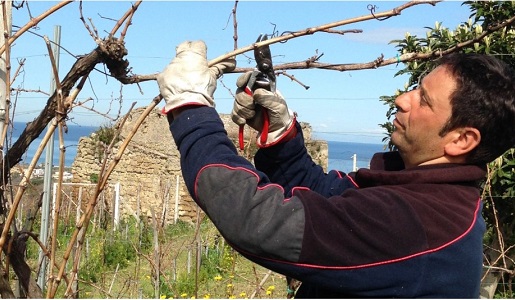
A complex viticulture, which allows the exploration of different horizons, where rocks, mountains, sea and impervious areas play an important role in wine production.
Predominantly hilly Campania, it is only 34 percent mountainous and 15 percent flat, with the highest peak identified with Mount La Gallinola (1,923 meters) located on the border with Molise, where at the summit one can enjoy a magnificent sunset over the Matese lakes. And it is starting from this place that the pedo-climatic differences of the region become apparent, moving from a karst environment of the hinterland of reason, Sannio in primis (with soil characteristics consisting mostly of clay, limestone, siliceous elements), to the volcanic nature of the Alto Casertano, Campi Flegrei, Vesuvius, and the islands of the Gulf of Naples (except Capri, which is sedimentary, formed by limestone soils from the Cretaceous) and even some areas, in spots, of cold Irpinia, which mostly has soils consisting of marl, tuff and sand, and finally, to the presence of the Cilento flysch, a rock composed of layers of sandstone, clay, marl and limestone, recognizable by the variegated colorations it brings to the landscape and with the characteristic of alkaline and strong soil, perfect for vines.
In this panorama of heterogeneity, Campania offers a complex viticulture, which allows exploring different horizons, where rocks, mountains, sea and impervious areas, play an important role in the production of wine, telling also of slopes, altitude, terraces, steps that contemplate a heroic and extreme effort by man, overcoming obstacles and fatigue. But by heroic and extreme, I also mean the cultivation of certain forgotten and recovered grape varieties that safeguard the typicality and terroir, as well as the type of cultivation and processing, then the research, the study, the particular vintage and the place of aging.
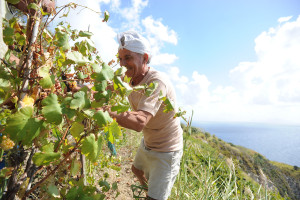
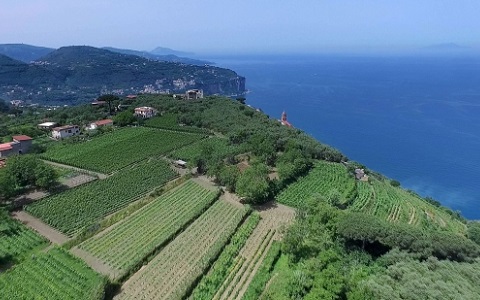
Ermina Di Meo, for example, is a wine that defies time, as it spent 18 years in steel before seeing the light of day. Vigna del Lume Cantine Antonio Mazzella is made from grapes grown close to the sea on a rocky ridge at Punta del Lume. Harvested, they are pressed inside small lapilli caves and the resulting must is subsequently transported to the port of Ischia by sea (the vineyard has no other access). A representative of heroic and extreme viticulture. Vigna della Congregazione 2013 Villa Diamante, on the other hand, is proof of how a difficult and complicated vintage with time turns into a masterpiece.
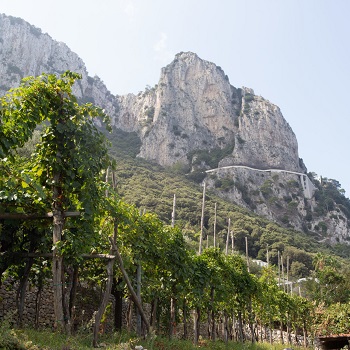 Morrone Cantine Alois is made from Pallagrello Bianco grapes, a variety (there is also black berry) that has risked oblivion and was once present in the Ventaglio Vineyard commissioned by King Ferdinand IV of Bourbon in the second half of the 18th century. Capri Bianco Scala Fenicia (a winery established to recover and renew Capri's otherwise lost winemaking tradition), is also an example of a heroic wine. The grapes are from a centuries-old terraced vineyard torn from the steep rock sloping down to the sea.
Morrone Cantine Alois is made from Pallagrello Bianco grapes, a variety (there is also black berry) that has risked oblivion and was once present in the Ventaglio Vineyard commissioned by King Ferdinand IV of Bourbon in the second half of the 18th century. Capri Bianco Scala Fenicia (a winery established to recover and renew Capri's otherwise lost winemaking tradition), is also an example of a heroic wine. The grapes are from a centuries-old terraced vineyard torn from the steep rock sloping down to the sea.
Nireo Abbazia di Crapolla is made from Pinot Noir grown on a rocky ridge 300 meters above the beaches of Vico Equense. An example of resilience, adaptability of the early-ripening, terroir-sensitive grape, which does not like heat very much and has come to Naples from Burgundy.
Terra del Padre Cantine del Mare obtained only from centenarian, pre-phylloxera vineyards that dwell above the caldera in the Campi Flegrei. Iss Tenute San Francesco, the wine from Tramonti, the village on the Amalfi Coast where centuries-old strains from the large size of free-ranging Tintore grapes compete for eternal, long-lived wines. Finally, Cripto I Borboni, the Spumate Asprinio d'Aversa from Aversane saplings, whose age ranges from 50 to 350 years, with poplar trees supporting vines that climb skyward to a height of 5 meters. Cultivation, this one, a candidate for designation as a Unesco World Heritage Site.
To read the tasting notes for these wines, with description, score and price, click on the name:
- Fiano di Avellino Erminia 2004 Di Meo
- Ischia Bianco Vigna del Lume 2022 Cantine Antonio Mazzella
- Fiano di Avellino Vigna della Congregazione 2013 Villa Diamante
- Terre del Volturno Pallagrello Bianco Morrone 2021 Cantine Alois
- Capri Bianco 2019 Scala Fenicia
- Campania Rosso Nireo 2021 Abbazia di Crapolla
- Campi Flegrei Piedirosso Riserva Terra del Padre 2018 Cantine del Mare
- Asprinio Spumante Metodo Classico Extra Brut Cripto 2018 I Borboni
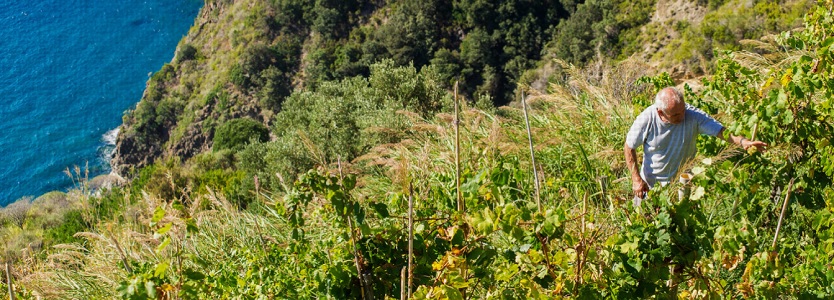

 Italiano
Italiano
























